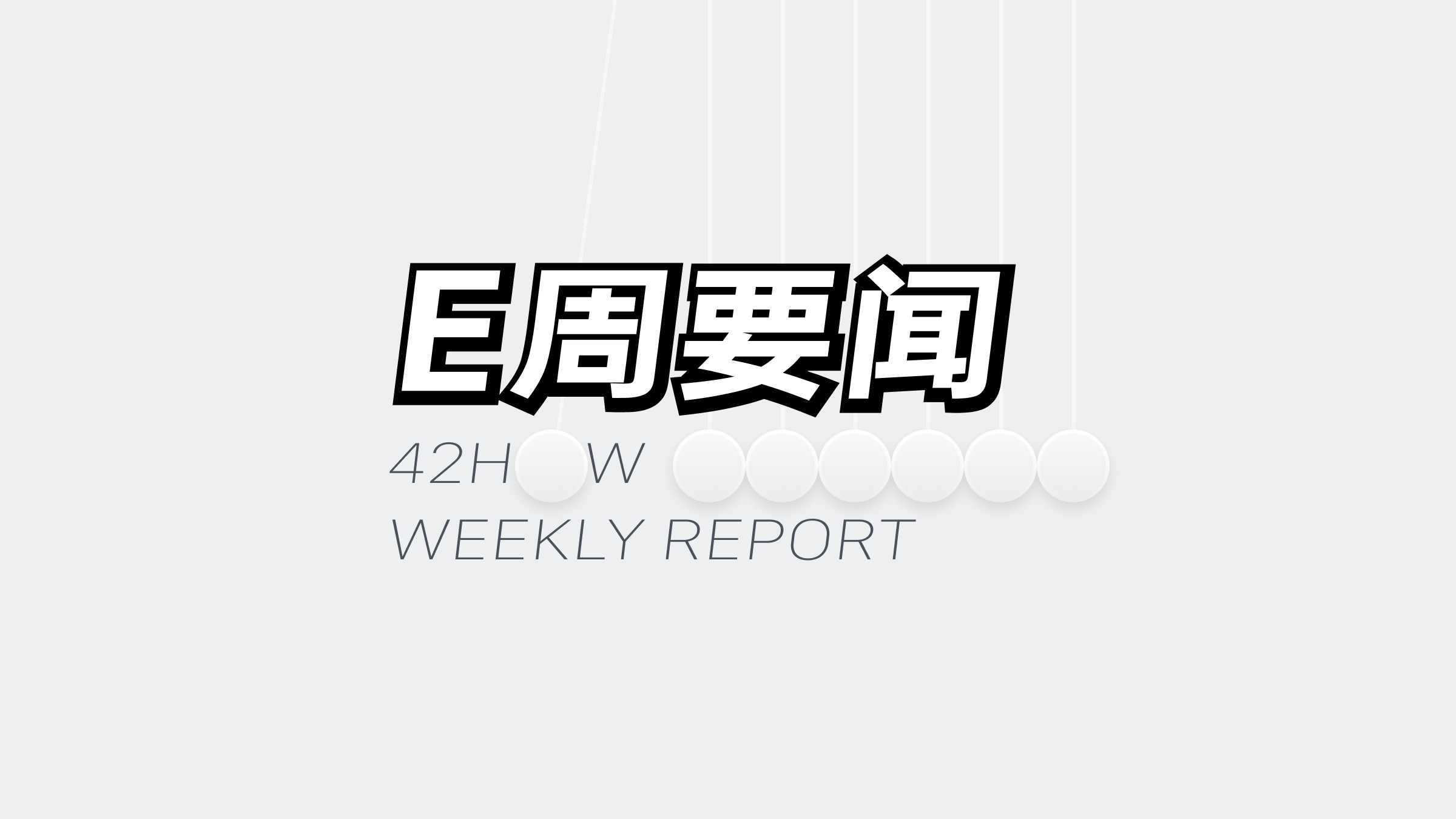Weekly Index
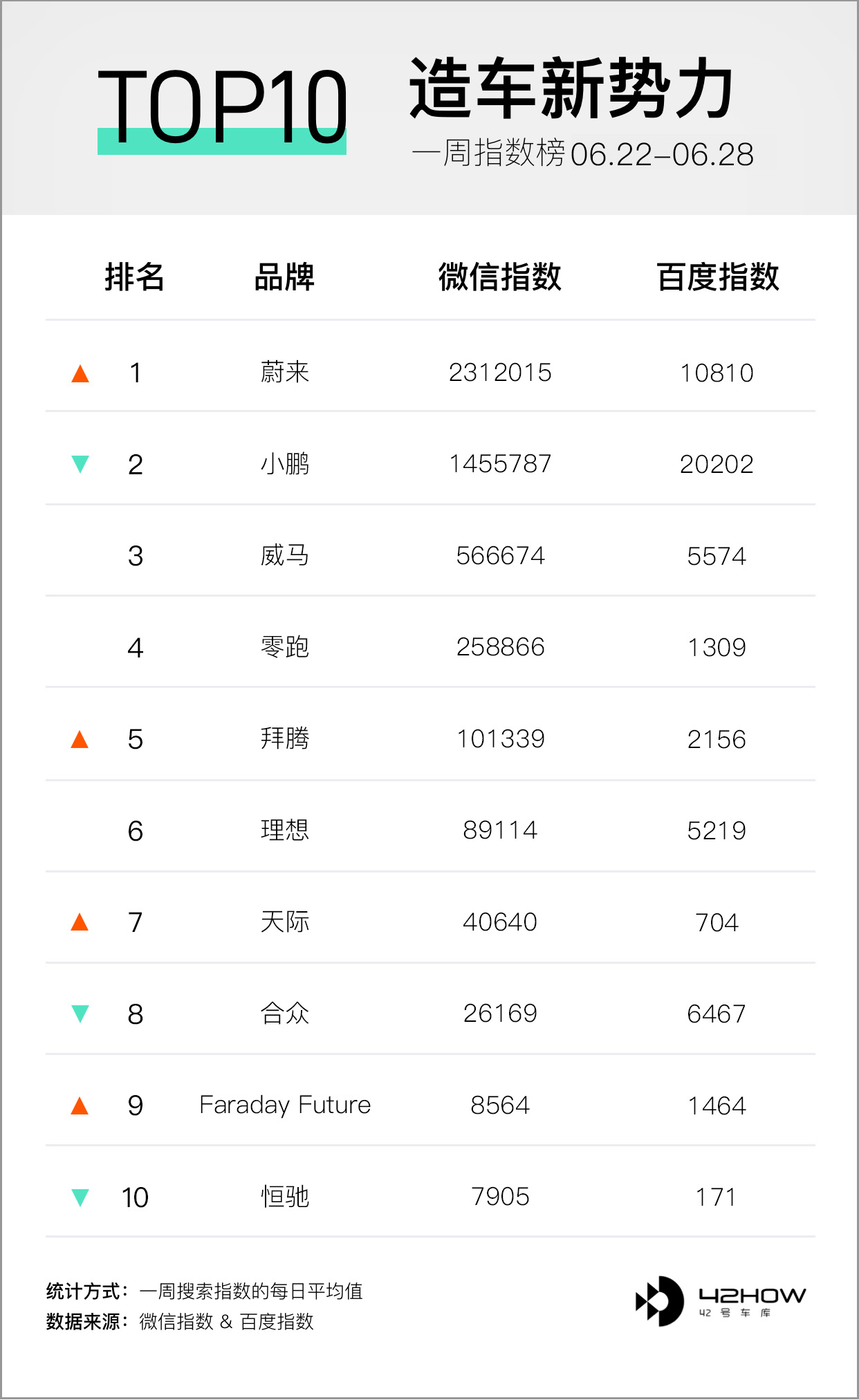
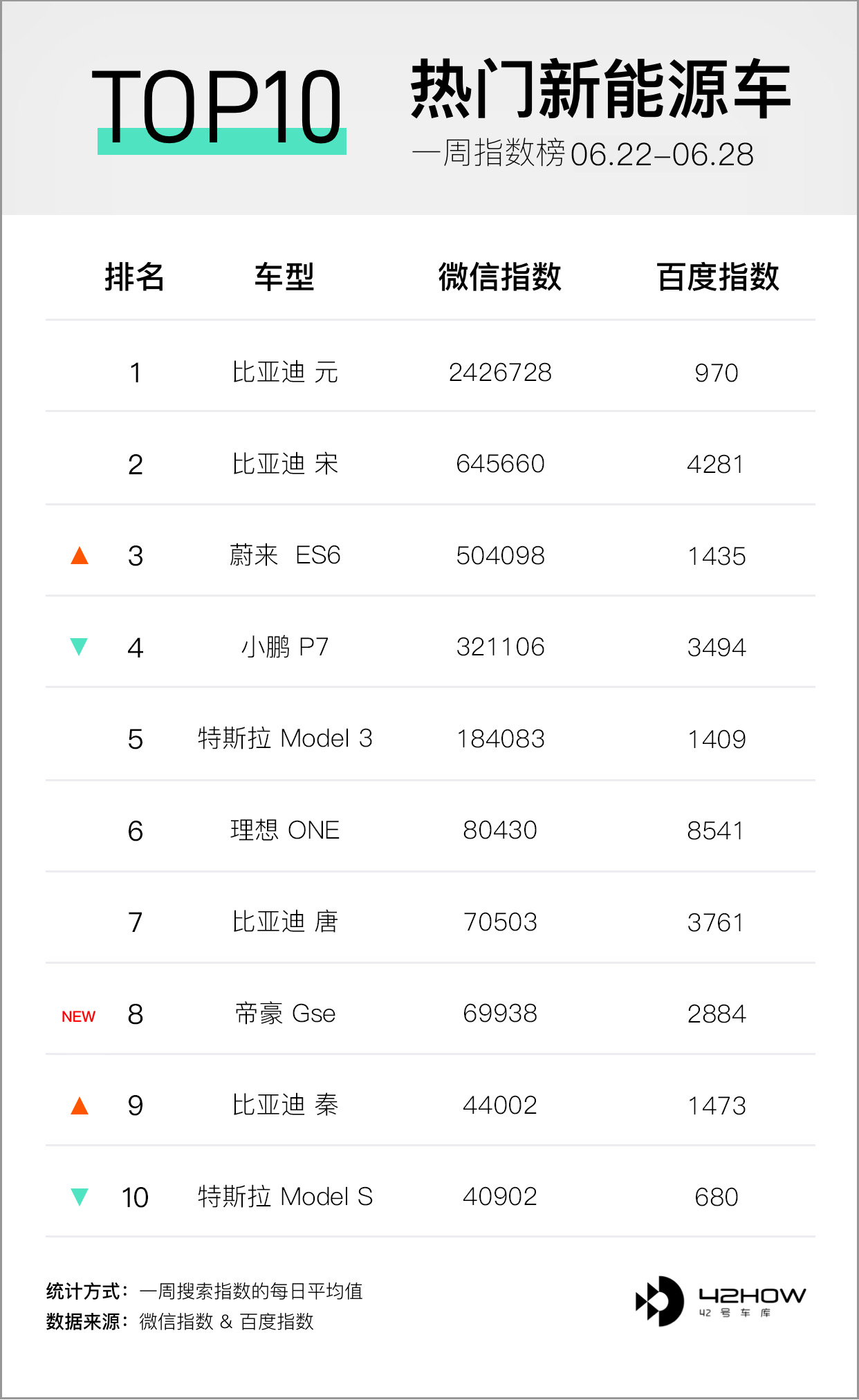
Weekly News
XPeng P7 starts delivery
XPeng P7 started delivery on June 28th, and the earliest batch of cars can be delivered successively by the end of June.

-
Customers who paid the intention fee before December 31st, 2019, and signed the contract and met the delivery conditions before June 23rd, are expected to start picking up the car successively by the end of June. The latest delivery date is estimated to be mid-August.
-
Customers who paid the intention fee between January 1st and April 27th, 2020, and signed the contract and met the delivery conditions before May 30th (including that day), are expected to complete the delivery before the end of August. If the contract is signed and delivery conditions are met before June 30th, the latest car delivery is expected to be at the end of August and mid-September.
-
Customers who paid the intention fee after April 27th, 2020 (including the day of listing), and placed an order before June 15th, are expected to start delivery successively in August, and arrange for delivery. Customers who ordered after June 15th are expected to start delivery and arrange delivery successively in September.
-
P7 rear-wheel drive long-endurance smart travel version and all users who select the dark night black appearance are expected to start delivery successively in September.
-
Users who register their cars in Shanghai are expected to start delivery in August.
Quick Review:
It is reported that the forthcoming batch of cars will be equipped with advanced driving hardware, including XP2.5 and XP3.0, but the software activation will not be available until October and will be achieved through OTA.
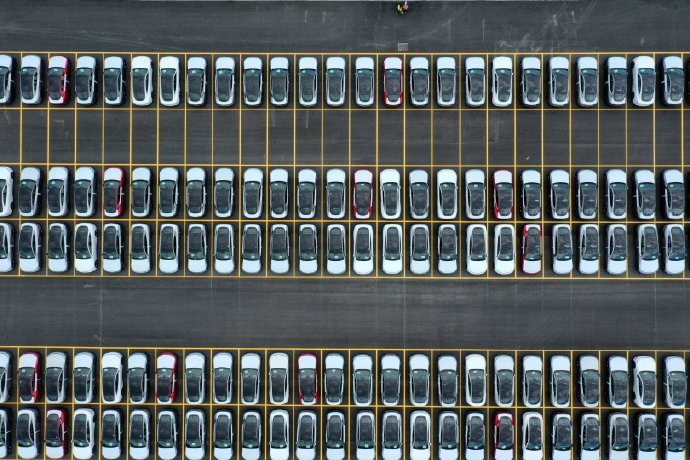 Booking of the 706km Rear-Wheel Drive Long Range and the black P7 may be delayed for some time, especially in the Shanghai area, due to the longer application period for the new energy catalog, which results in a relatively later delivery.
Booking of the 706km Rear-Wheel Drive Long Range and the black P7 may be delayed for some time, especially in the Shanghai area, due to the longer application period for the new energy catalog, which results in a relatively later delivery.
Finally, the car owners who have placed orders and chosen configurations are advised not to make any changes. The official statement suggests that any change in configuration will result in re-entering the delivery sequence according to the changed time.
理想汽车将获得 5.5 亿美元融资
On June 24th, according to the report from LatePost, Li Xiang, the founder of Ideal Cars, will soon obtain USD 550 million in Series D financing.
Among them, Meituan is leading in investing USD 500 million, and Li Xiang will invest USD 30 million out of the remaining USD 50 million. The post-investment valuation is USD 4.05 billion, and the transaction is currently underway.
In August last year, Li Xiang secured USD 530 million in Series C financing, in which Wang Xing, the founder, and CEO of Meituan contributed USD 285 million and Meinian Onehealth contributed USD 15 million.
Comment:
Wang Xing has supported Ideal ONE more than once. As early as January of this year, Wang Xing mentioned in his Fanfou that the three emerging domestic car companies that will survive are: Ideal, NIO, and Xpeng.
After buying one Ideal ONE in May, now he has made a real and substantial investment in it. The investment of Internet giants in new energy vehicle companies must not only be due to personal relations, but behind it is their business consideration.
Last month, Wang Xing said: “The top electric car maker is probably in China rather than the United States.” Now that the Ideal ONE has just passed the delivery of 10,000 vehicles, can Wang Xing be right?
特斯拉 Autopilot 降价销售
On June 22nd, Tesla CEO Elon Musk tweeted that after July 1st, the price of the FSD (Full Self-Driving capability) option would increase by $1,000 (approximately RMB 7,077).
Currently, in the US, it costs $7000 (approximately RMB 49,500) to add the FSD option, and the price will increase to $8,000 (approximately RMB 56,600) after the increase. In China, it costs RMB 56,000 to choose this option.On the other hand, as FSD raises prices, Autopilot is being discounted. Elon Musk announced that Autopilot will be reduced to $2,000 by July 1, down from the previous drop of $1,000.
In China, Tesla’s customer support also announced that from now until July 1, 2020, the “Basic Autopilot (BAP) ” feature will be reduced from RMB 27,800 to RMB 18,500.
Brief commentary:
Elon tweeted about FSD price hikes in mid-May, and as July approaches, he has reminded potential car buyers once again. Additionally, the recent update 2020.24.6 adds “driving visual aids” to show red and green traffic lights on the car’s screen.
It is worth noting that China’s new system can only identify traffic signals and will not react accordingly. With the continuous improvement of FSD function, it remains to be seen whether this will increase car buyers’ desire to purchase FSD.
As for Autopilot price cuts, many asked whether “Autopilot” is not already standard? However, Autopilot was only introduced as standard in April 12, 2019; prior to that, Autopilot was priced at $3,000 in the US and 27,800 RMB in China. This is undoubtedly good news for old car owners who did not choose to equip Autopilot but now wish to do so.
NIO’s second-generation battery swap station will have eight batteries
On June 28th, at the two-year online face-to-face event of NIO Power, Shen Fei, Vice President of NIO, and the product manager of NIO Power revealed some key information:
-
Up to now, NIO has provided 580,000 battery swaps nationwide, with 301 swaps being the highest number of swaps for a single vehicle.
-
The second-generation battery swap station aims to reduce costs and increase density to allow users to swap batteries without leaving the car. The new battery swap station will consist of eight batteries (instead of five in the first version), and there will be more space for resting.- Shen Fei revealed that the second-generation battery swapping station is expected to be put into use around the Chinese New Year in 2021. It should be noted that there are fundamental hardware differences between the first and second generations of battery swapping stations, so the first generation cannot be upgraded to the second generation;
-
The installation rate of home charging piles has reached 70%, and it will continue to be maintained in the future because Shen Fei believes that home charging piles provide the best user experience;
-
The 20 kW home charging pile will be launched in late July and will be launched with a large battery;
-
The demand for high-speed battery swapping is relatively small, with an average daily order volume of only one third that of cities. It mainly relies on data to increase the number of battery swapping stations;
-
The 2.0 charging map will connect the App, vehicle system, and other systems, and is expected to be launched in August;
-
NIO Power has provided over 250 million kWh of charging service for NIO and other branded vehicles, which is estimated to serve about 3.57 million vehicles based on an average of 70 kWh per vehicle. The well-known “One-click Charging” has also completed nearly 400,000 charging services.
-
The battery swapping stations in Jiaxing area will not be launched until the second half of this year.
Quick Review:
NIO Power plans to implement Battery as a Service (BaaS) in its smart EV business model. The official believes that BaaS can reduce the initial purchase threshold, which should directly reduce the price of vehicles. Through BaaS, users can also enjoy continuously upgraded batteries and better electric vehicle charging experiences.
BaaS is expected to be officially launched in the second half of this year. Everyone can look forward to how much the vehicle price will be discounted and how BaaS will charge for its services.
Starting at RMB 64,800, the new cute addition to New Baojun E300 series released
On June 24, the New Baojun E300/E300 Plus was officially launched, with a price range of RMB 64,800 to RMB 84,800. Six different configurations of two models were released. Among them, E300 is a three-seat model (two-seat is optional), with a length, width, and height of 2625/1647/1588mm and a wheelbase of 1750mm; E300 Plus is a four-seat model with a length, width, and height of 2894/1655/1595mm and a wheelbase of 2020mm.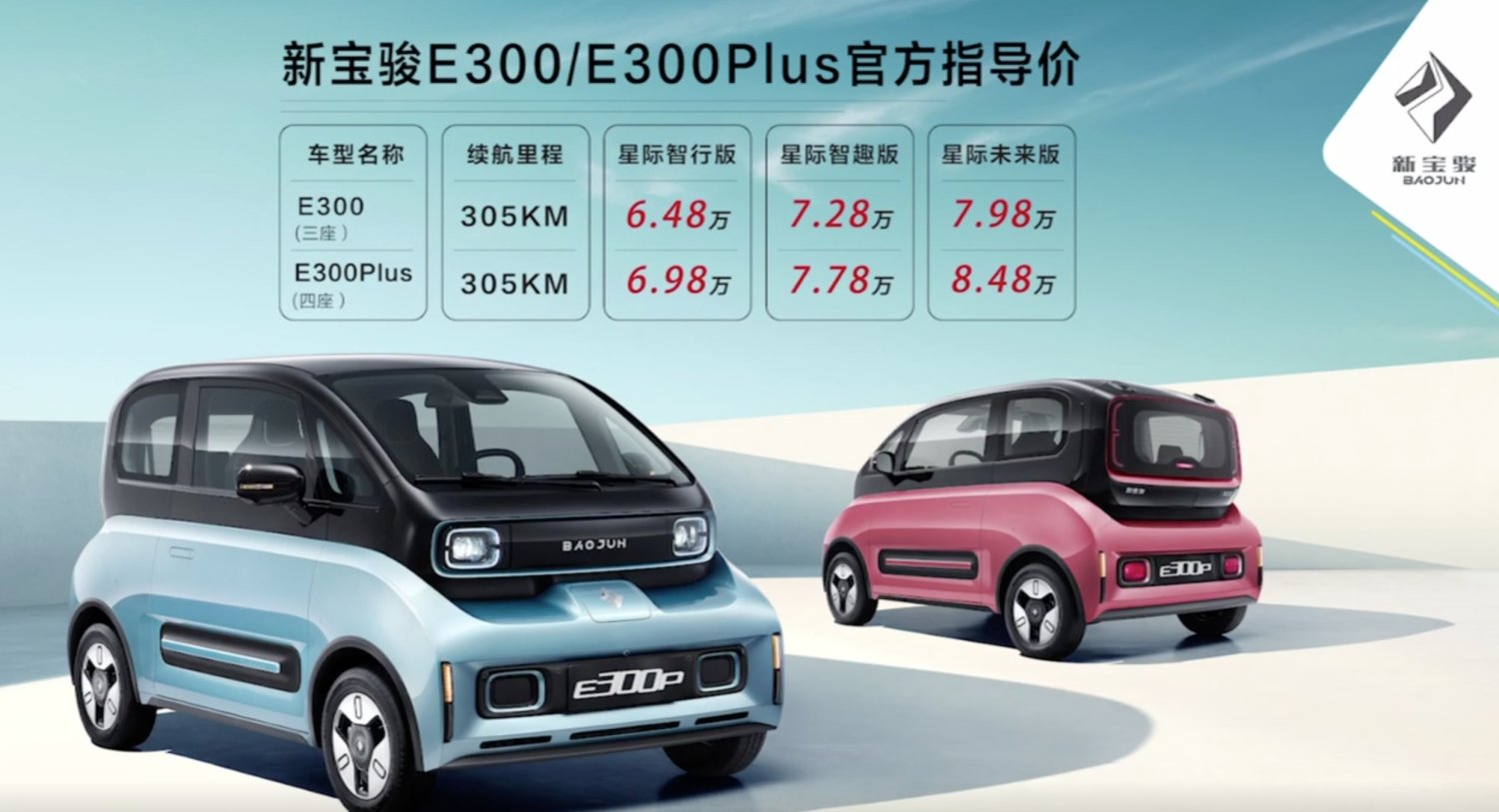
Therefore, the two can be distinguished from each other in terms of seat layout and size, with the E300 Plus being a larger version of the E300. The similarities are that both models are equipped with a 40 kW permanent magnet synchronous motor with a maximum output power of 40 kW, a peak torque of 150 Nm, and the same range. In terms of batteries, the E300 model is equipped with a 30 kWh ternary lithium battery pack, while the E300 Plus is equipped with a 31.9 kWh lithium iron phosphate battery pack, but both models have a NEDC range of 305 km.

The top-of-the-line Star Future Edition of the E300/Plus features a 360-degree surround view camera system, adaptive cruise control (ACC), parking assist system, automatic emergency braking (AEB), and other functions. In terms of comfort, the new car comes with electrically adjustable external rearview mirrors, heated external rearview mirrors, one-touch power windows (with anti-pinch function), remote control for lifting/lowering of both door glasses (with anti-pinch function), remote control key, central door locking, Bluetooth key, intelligent entry system, PM2.5 filter, and other configurations.
In addition, the car’s infotainment system also provides AI voice interaction, online music and radio, driving control voice WeChat, remote control of the vehicle via the mobile app, vehicle location and status query, remote start via the mobile app, and other functionalities.
Quick Review:
In terms of price, the new Baojun E300/E300 Plus has a price range of 64,800-84,800 RMB, with competing models in the same class including the Ola R1 (69,800-79,800 RMB), Chery eQ1 (59,800-78,800 RMB), and other new car manufacturers such as the Leapmotor T03.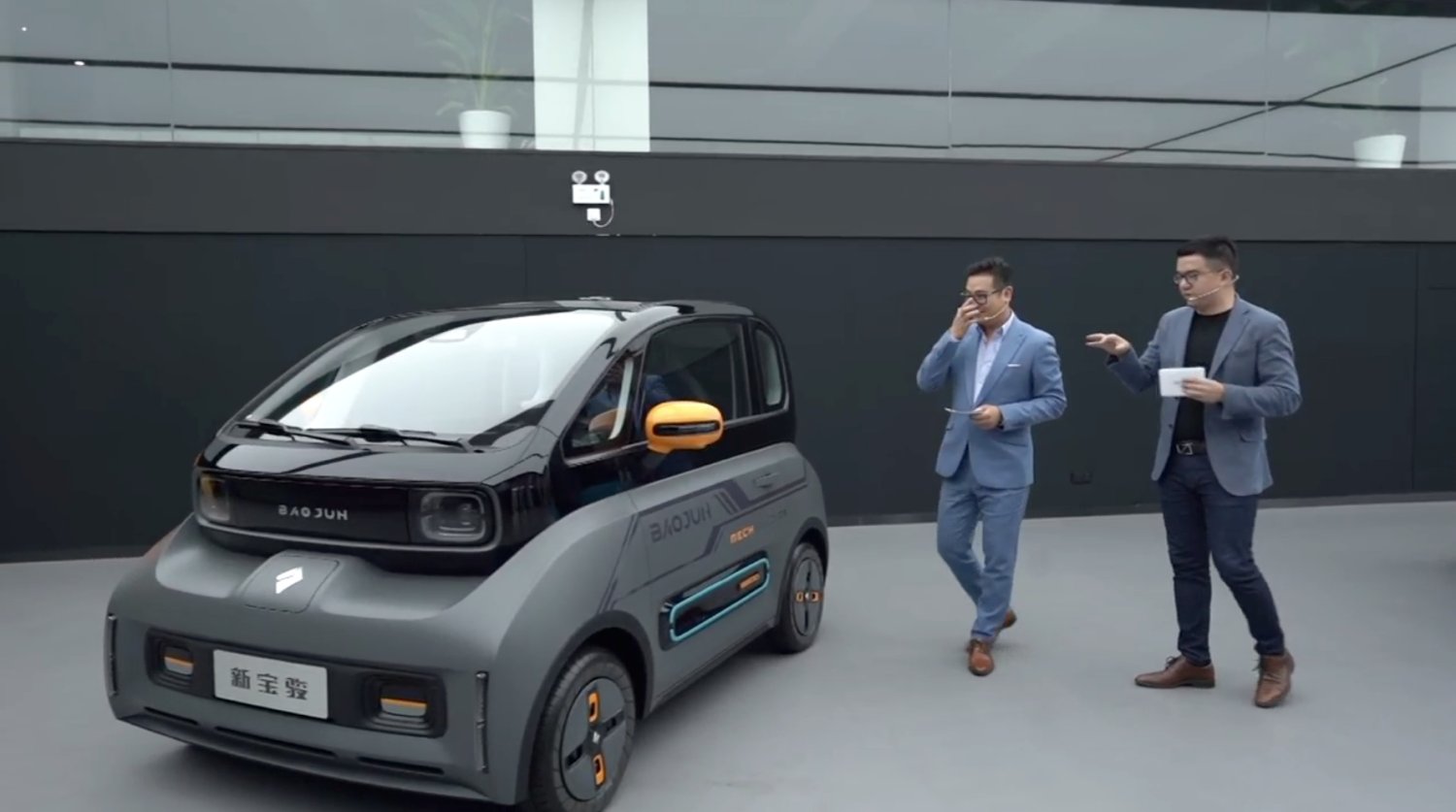
To stand out within a limited price range, the E300 has first made differentiation in appearance, interior, and more. In addition to the regular colors and shapes, New Baojun also launched a personalized custom version of the appearance, allowing users to choose different appearance customizations according to their preferences. Three different customized models were also displayed at the press conference.
New Baojun has already gained some brand recognition in the low-end new energy vehicle market. In terms of product strength, apart from the appearance and interior parts, the E300’s intelligent driving has certain differentiated advantages. If users have some understanding of intelligent driving, the E300 may also be considered as a priority.
Apple introduces car-related features
On June 23, at the 2020 Apple Worldwide Developers Conference (WWDC 2020), Apple introduced several car-related features:

-
Digital car keys based on iPhone NFC. Car owners can unlock their cars by placing their iPhone in their bag or pocket and approaching the vehicle. After getting in the car, they can put their phone on the wireless charging pad, press the vehicle start button, and begin driving. This feature can also be shared with other users such as family and friends through iMessage, who can then obtain driving permission. If the phone is lost, the car owner can also remotely disable phone permissions via iCloud to ensure safety.
-
Apple Maps optimization. Apple will soon launch an electric car route planning function. The iOS 14 map can track the car owner’s current battery level and calculate altitude and weather-related impacts, finding the charging station that is best suited for the car owner according to the appropriate path planning.
Quick Review:
The “digital car key” feature will be added to the iOS 13 and iOS 14 systems. The first car to support this feature is the new 2021 BMW 5 Series.
In addition, it can be seen from the optimization of Apple Maps that Apple is integrating data and information about charging stations to form its own charging network. This means that users will be able to see information about charging stations through Apple’s built-in maps in the future. Apple is currently working with BMW and Ford to advance this feature and plans to work with more car manufacturers in the future.
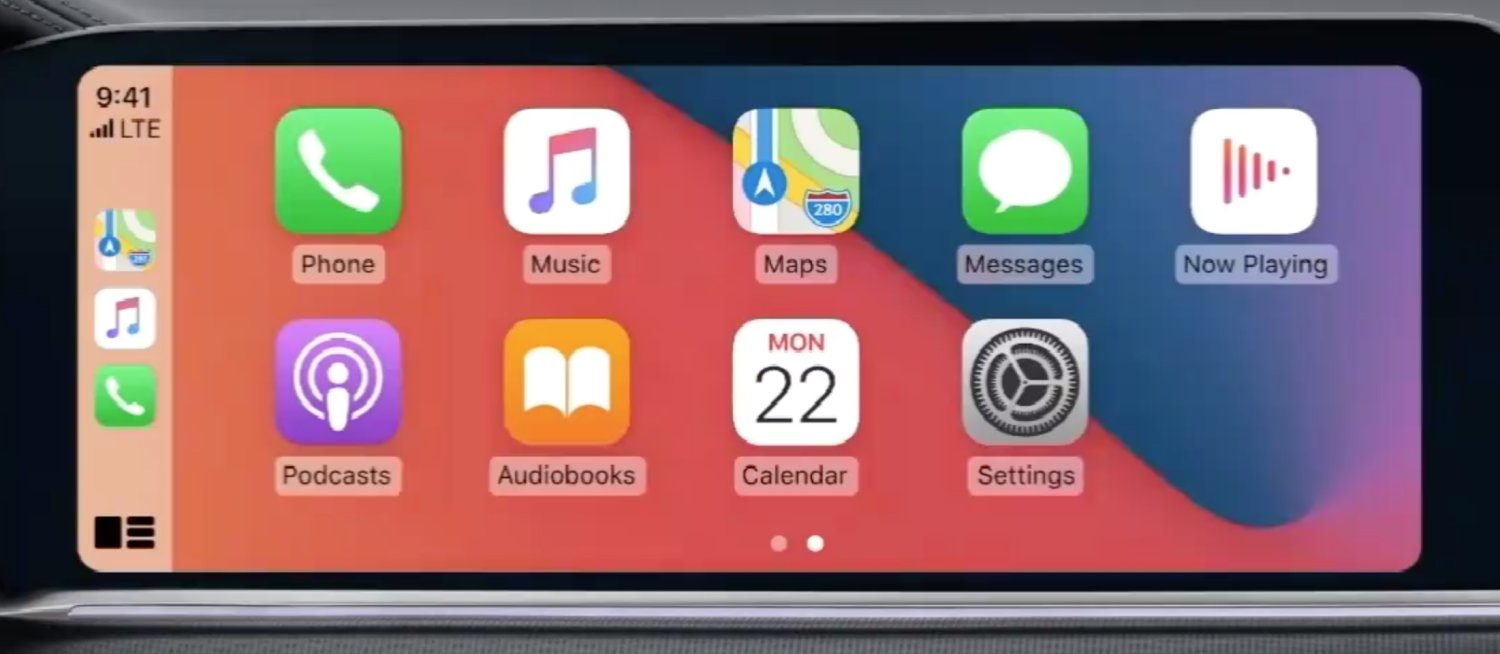
Finally, Apple’s in-car system CarPlay will also support electric vehicle route planning and add features such as changing wallpapers, parking, and ordering food. For the domestic market, Apple Maps will support license plate restrictions in China.
Apple has its advantages in starting an automotive ecosystem, and it is looking forward to more car companies connecting with Apple through OTA, and of course, looking forward to Apple intervening in the process of car manufacturing.
This article is a translation by ChatGPT of a Chinese report from 42HOW. If you have any questions about it, please email bd@42how.com.
